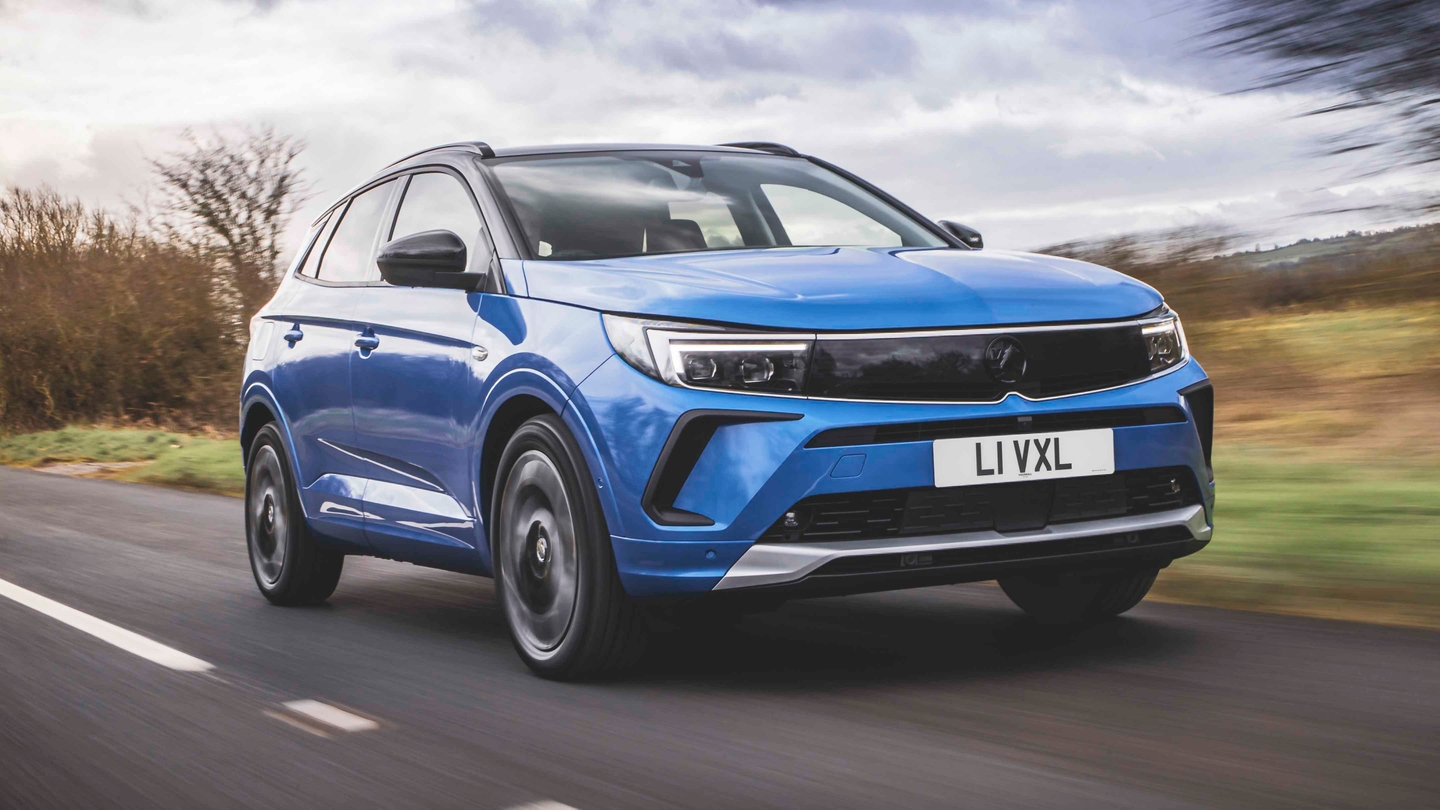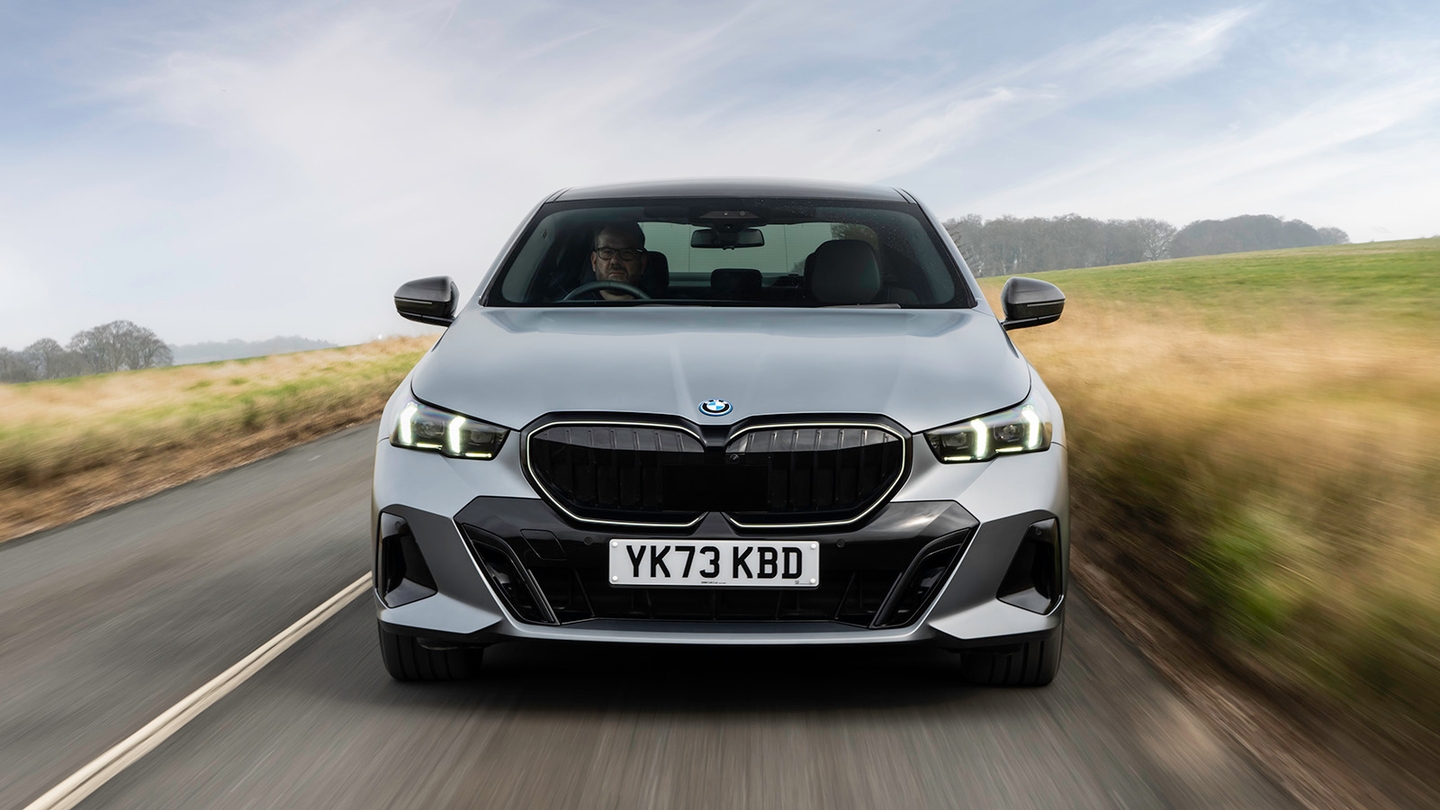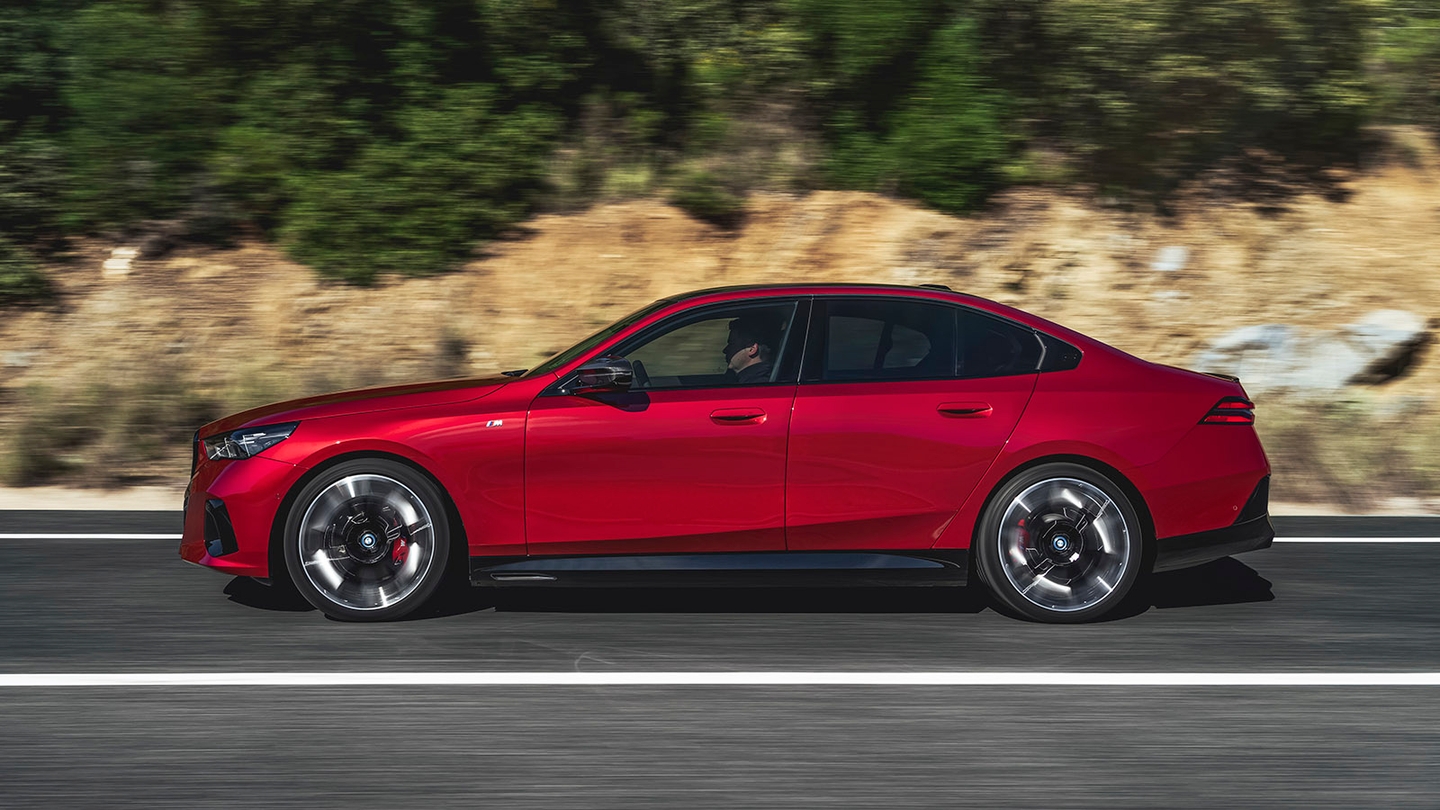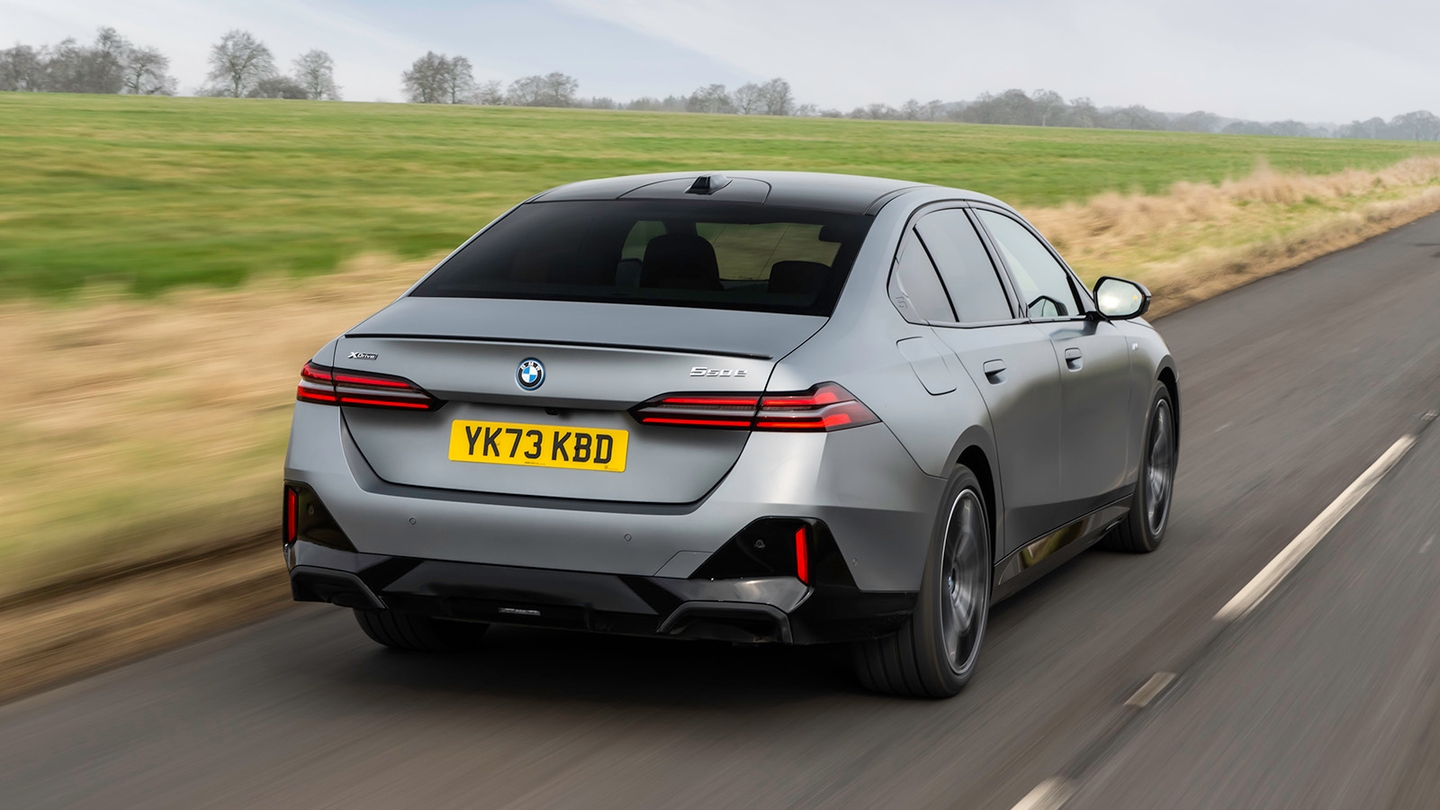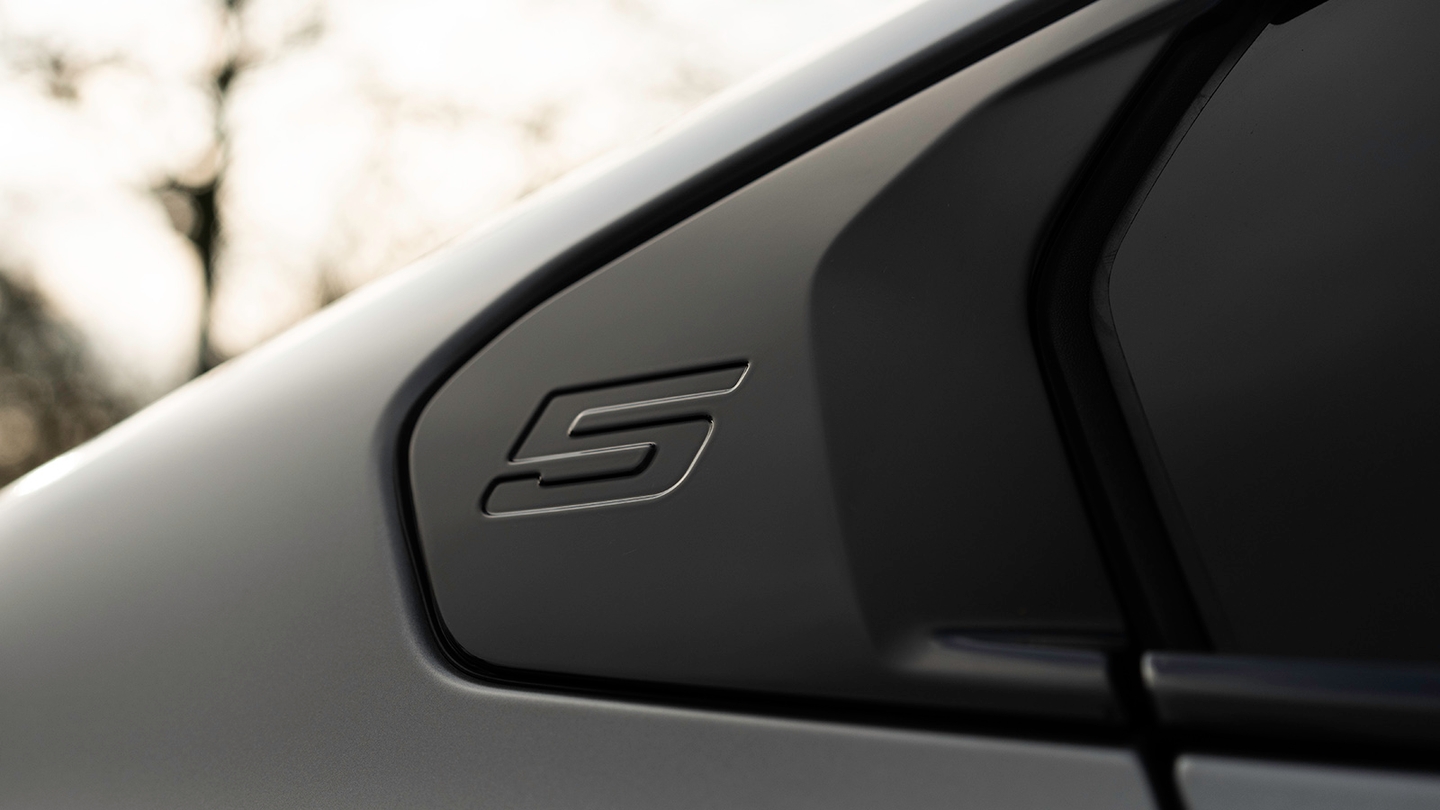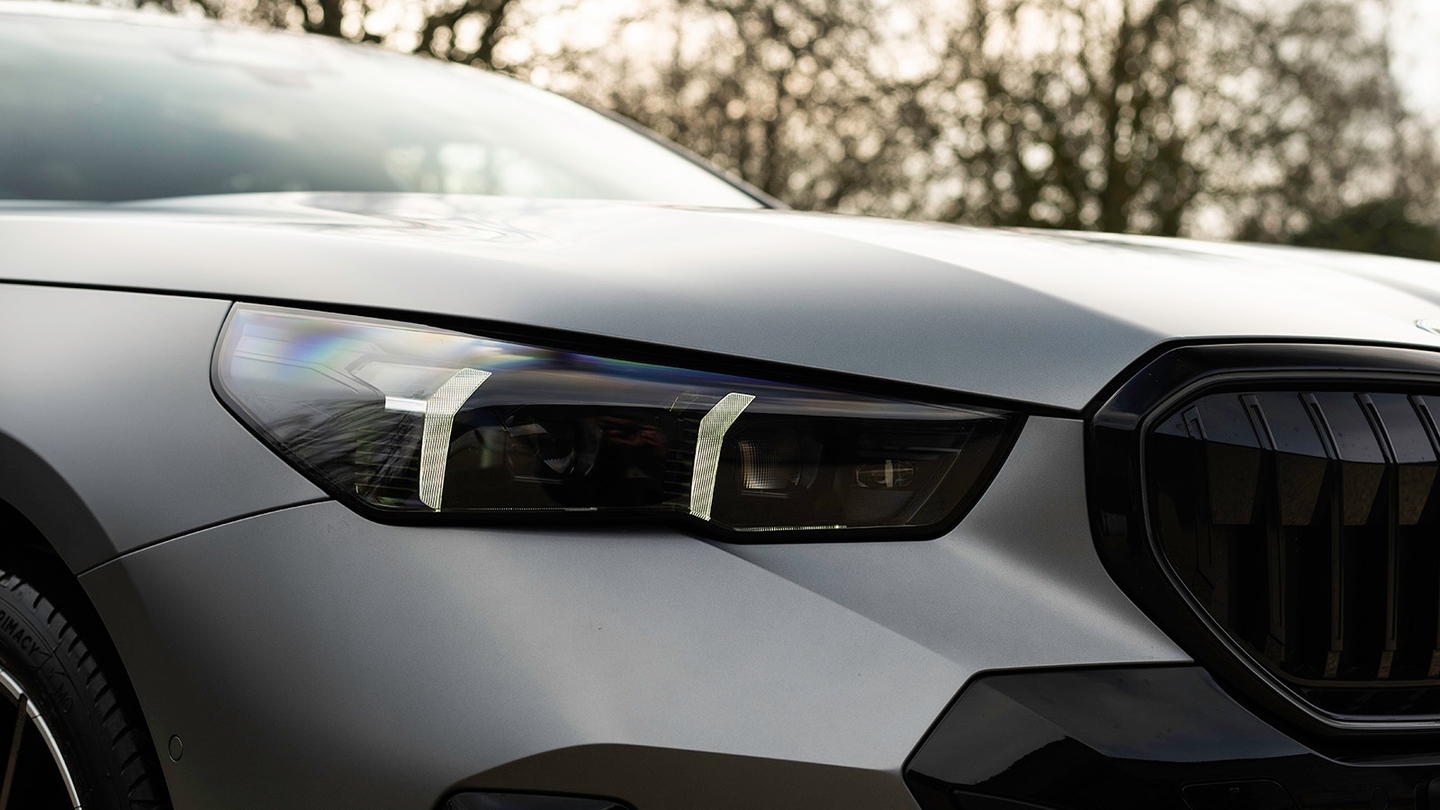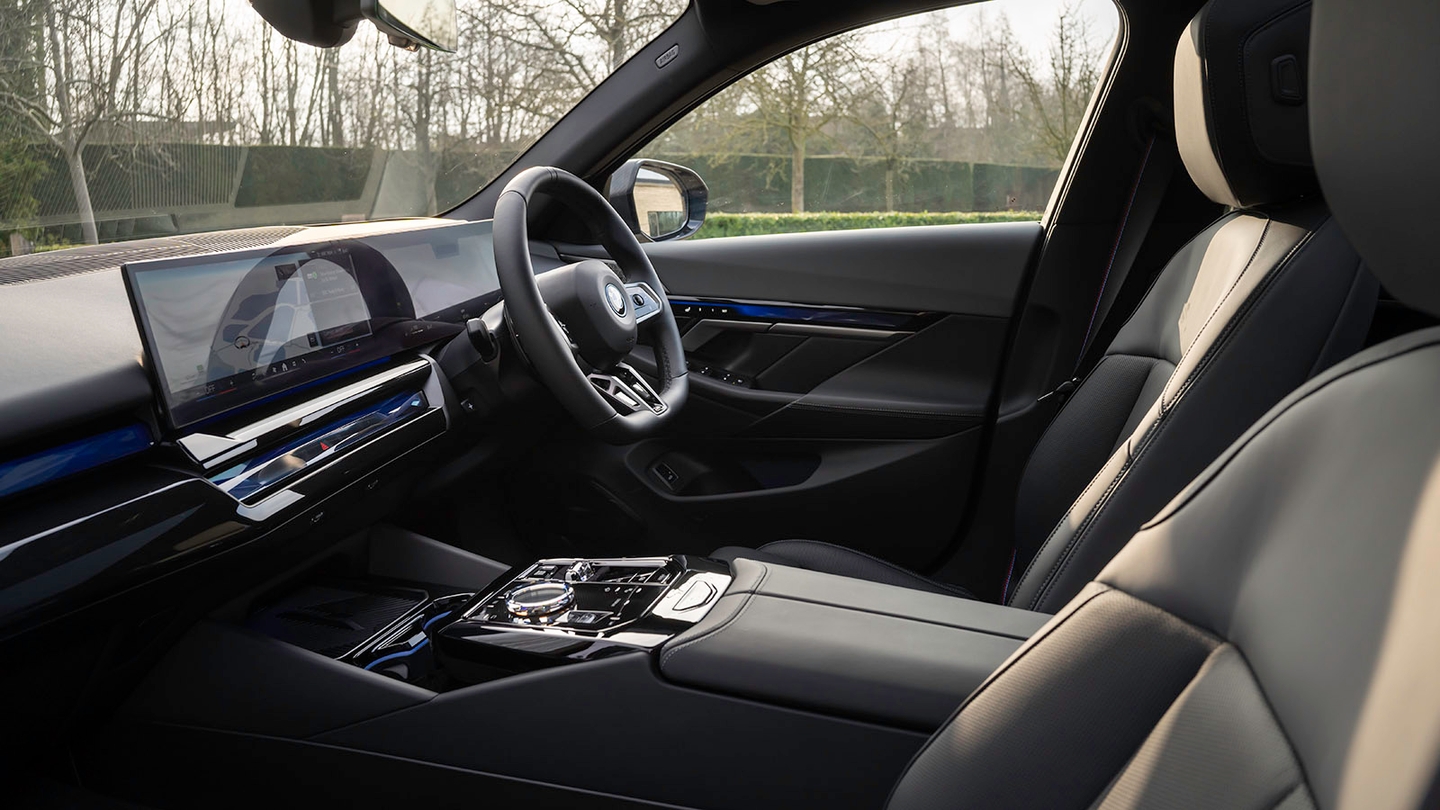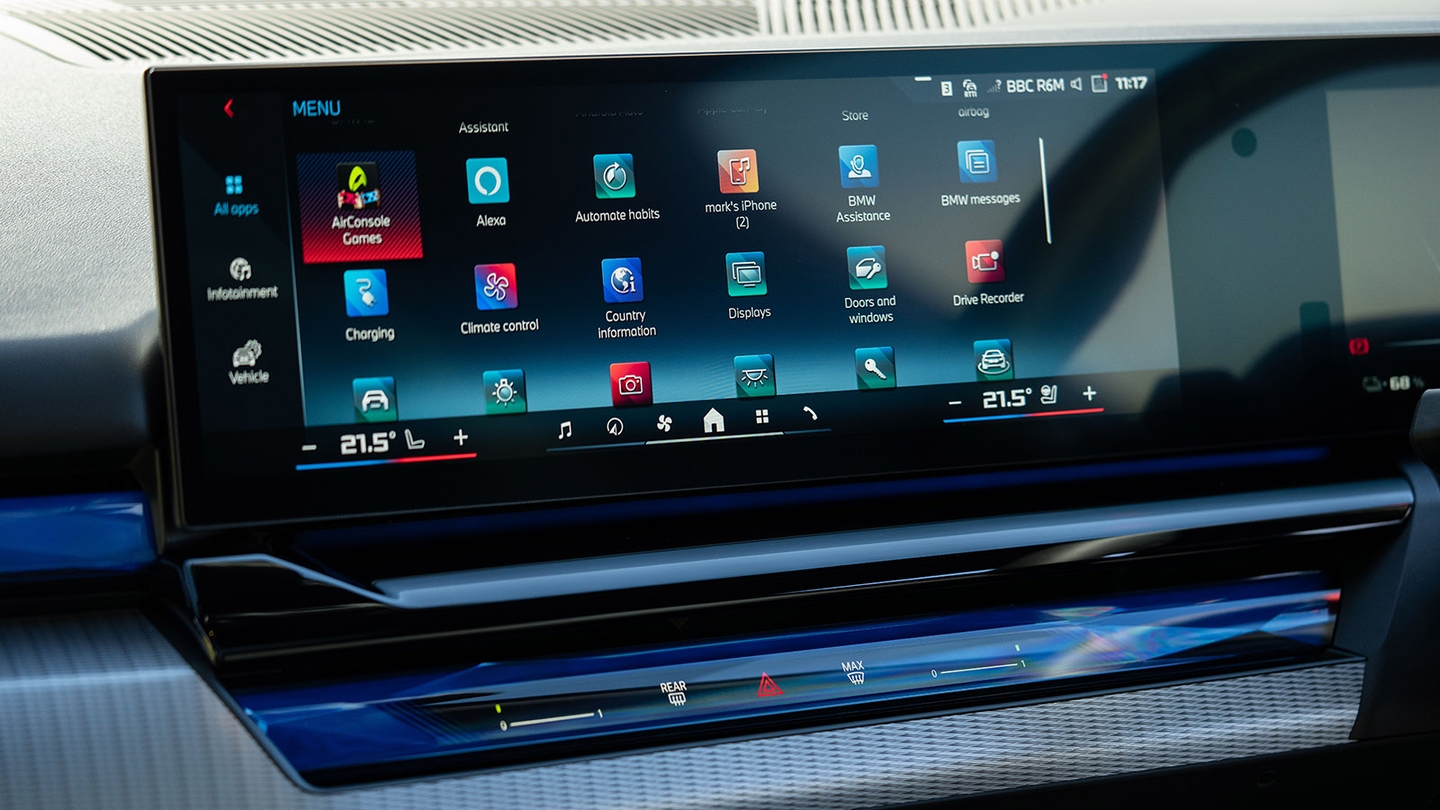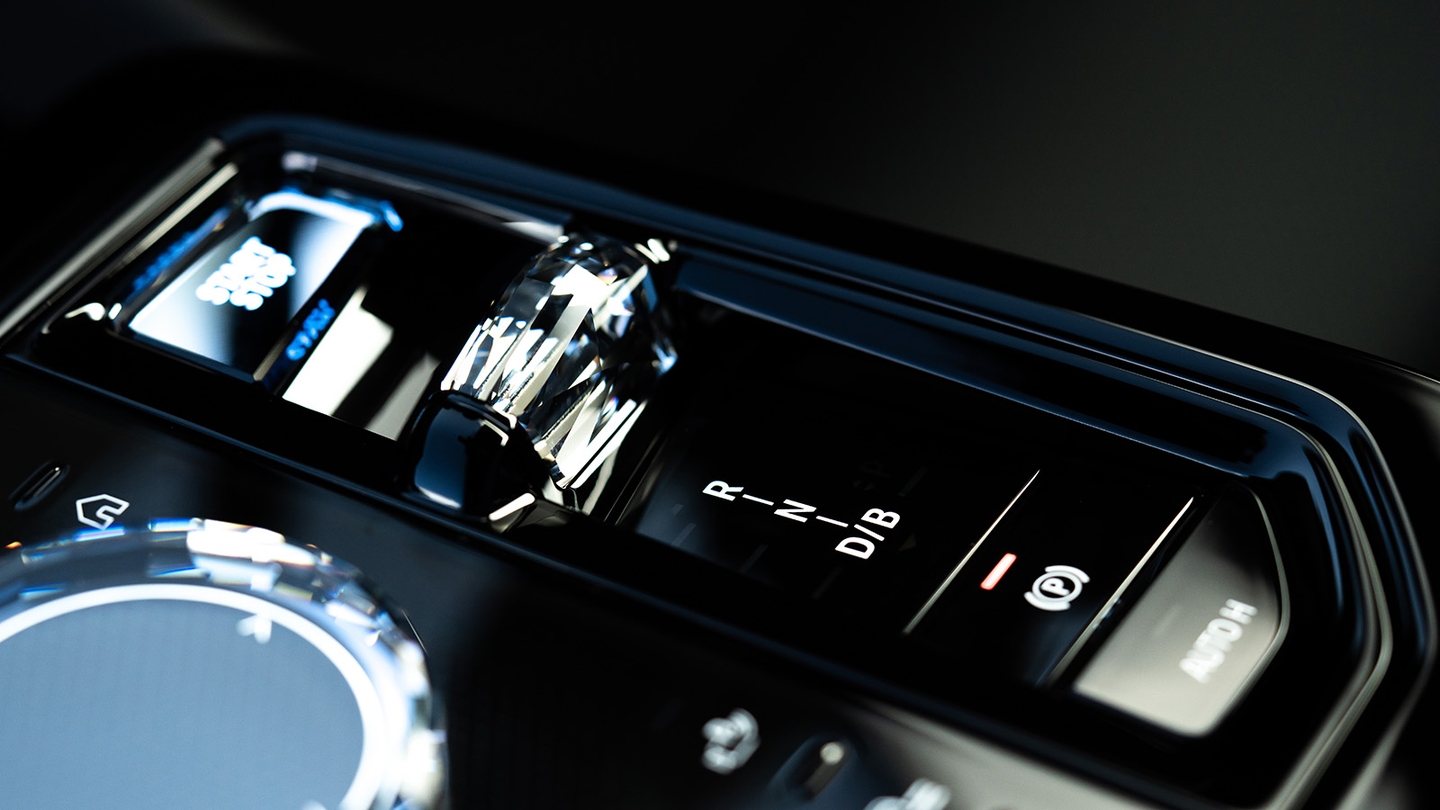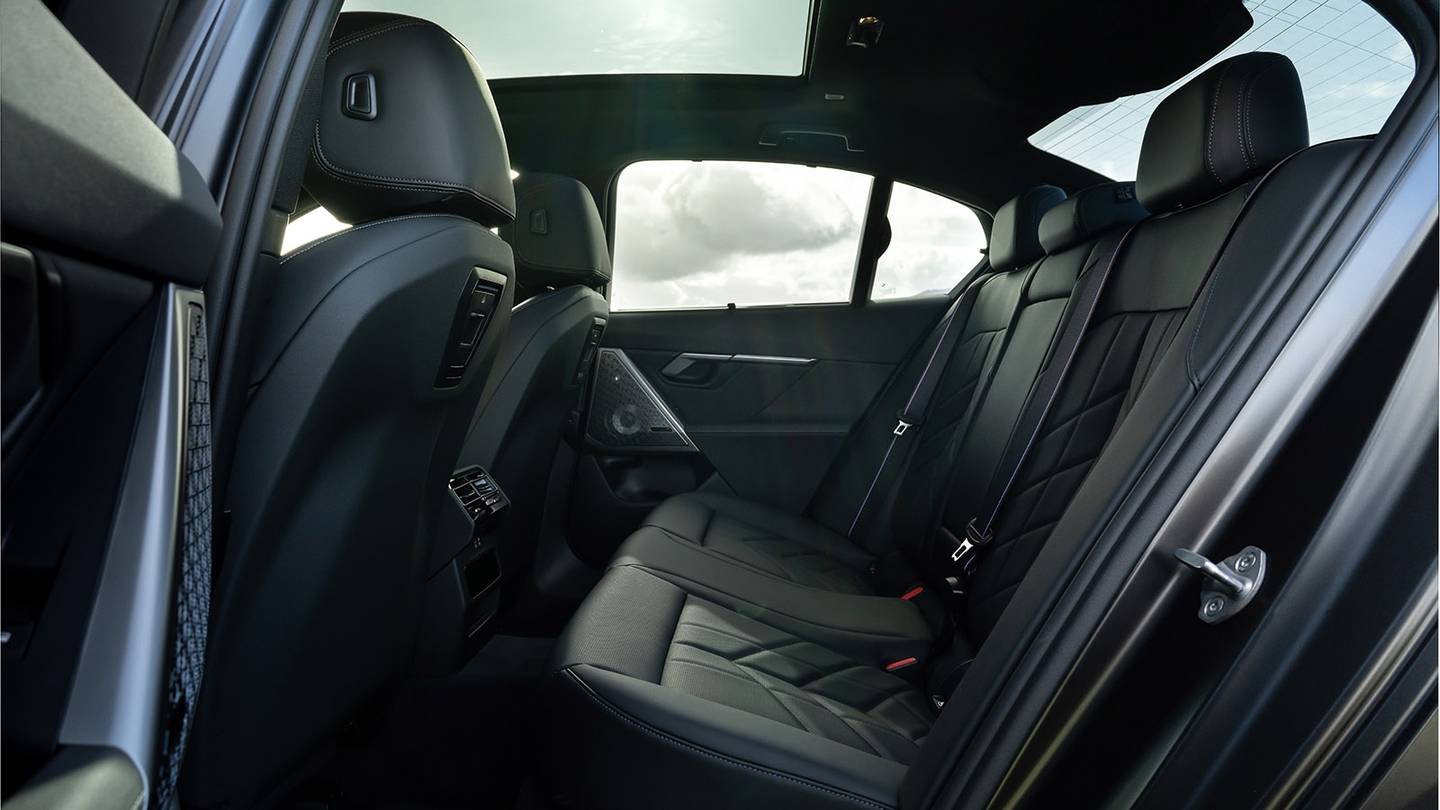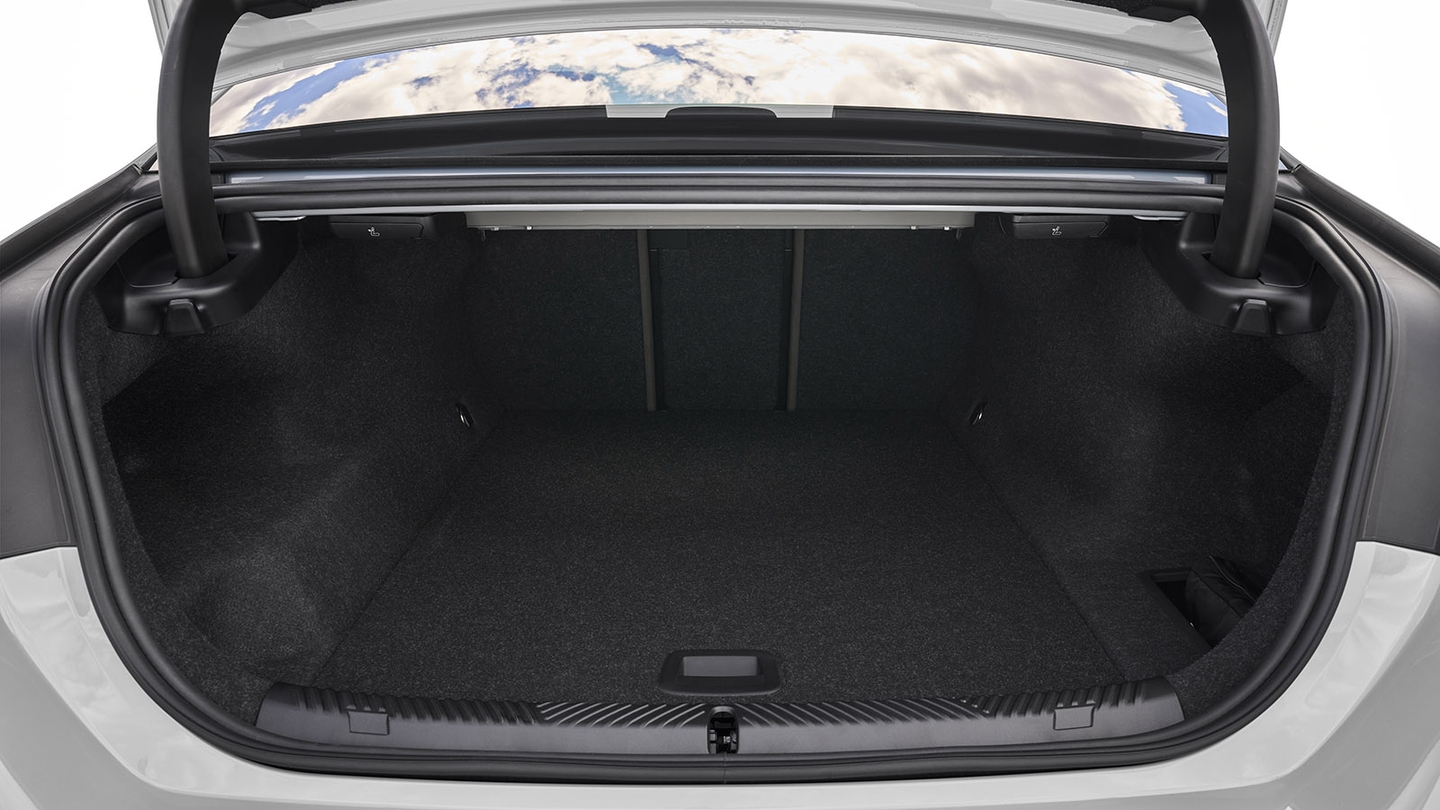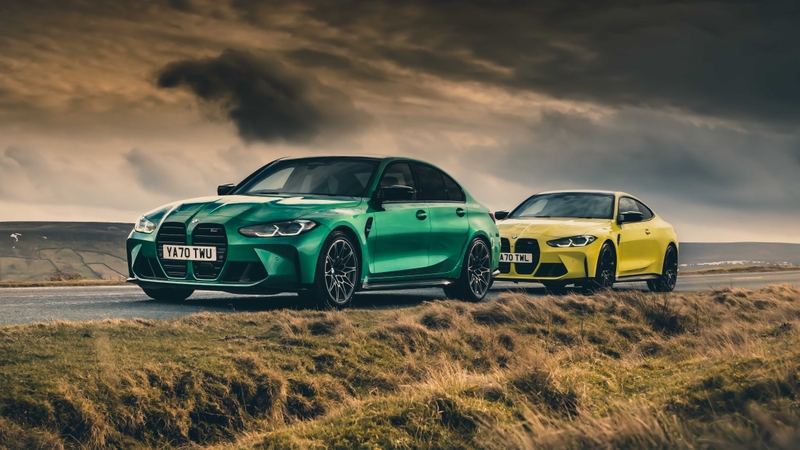
Used BMW 5 Series review (2017-2024)
Gallery
Used BMW 5 Series review (2017-2024)
Some things never go out of style. Like wearing a shirt and tie to work. The BMW 5 Series has remained a constant in the office car park and in the fast lane of the motorway since the 1970s. It has a smart, sophisticated design, a premium badge, a posh interior and acres of space for driving to important client meetings with colleagues on board – even if the drive includes long stretches of unrestricted German autobahn.
We’ll stop with the stereotypes there, as everything that’s made the 5 Series a favourite with business drivers makes it perfect for many private buyers, too. You don’t have to be a sales rep to enjoy its interior – we’re going to talk about it a lot, because it’s fantastic – or its powerful yet surprisingly frugal engines.

This ‘G30’-generation 5 Series might have the traditional three-box saloon body and a fairly restrained design, but it’s notable for several things. It uses the same platform as the contemporary 7 Series limousine – part of the reason for its impressive rear-seat space – plus it was the first 5 Series to offer a plug-in hybrid, and the M5 range-topper gained BMW’s xDrive four-wheel-drive system for the first time.
As has been the case since 1990, the 5 Series is available as a four-door saloon or a five-door ‘Touring’ estate model. The latter is one of the best choices if you need a vast and versatile boot.
The BMW 5 Series was facelifted in 2020, but the changes are pretty minor and are largely cosmetic. You’ll find both pre and post-facelift 5 Series models at Motorpoint, alongside examples of the car’s nearest rivals – the Audi A6 and Mercedes E-Class. You might also consider the Volkswagen Arteon and Volvo S90/V90.
Interior and technology

While the E-Class’ and A6’s interiors are a little more theatrical and eye-catching, the 5 Series’ interior is still one of its strongest points. The layout is logical and there are more proper buttons than you might know what to do with – it’s not as screen-heavy as the latest E-Class or the brand-new 5 Series. There’s a button on the centre console to skip straight to the driver assist settings, a set of configurable shortcut buttons and a bank of proper climate controls, complete with two-zone blower settings.
The touchscreen is large enough to be really useful but it’s not big enough that you’ll find it distracting. It uses a recent version of BMW’s iDrive infotainment system, which can also be controlled by a handy rotary controller and shortcut buttons by the gearlever. Once you’ve spent a little time with it, you’ll be whizzing around the screen menus while barely looking away from the road.

Every recent 5 Series also gets a full-width digital instrument cluster, which puts a lot of information right in front of your eyes. It’s crisp, quick and up-to-date, but can sometimes look a little busy.
Build quality is another highlight, with the vast majority of parts feeling like they’re designed to last for years to come. Our year-old test car didn’t annoy us with any squeaks or rattles, and all the leather still felt supple.
Just two trim levels are available – SE and M Sport. SE has a cleaner look and smaller wheels (not to mention the vibe of an unmarked police car) but the kit list has all the must-haves. The two 12.3-inch screens are standard, with ConnectedDrive live features, along with heated front seats, LED headlights and self-parking tech. M Sport adds a sharper body kit, more sculpted sports seats and different interior trim.
Practicality
Practicality is probably the main reason you’d choose to buy a 5 Series over the smaller 3 Series. At almost five metres long it’s usefully bigger than the 3 Series, which translates to a noticeable increase in passenger space and cargo capacity. Where tall adults might find the 3 Series a little tight in the back, there’ll be no such issues in the 5 Series. Head, leg and elbowroom are all generous. Rear-seat passengers get map pockets, a central fold-down armrest and USBs, as well as a couple of shelves in the back of the centre console.
The rear bench is wide enough for three adults, but the large transmission tunnel means they’ll be sharing two footwells.
With all that space and easily accessible Isofix points, it’s easy to install a child seat into a 5 Series. If you need to bend down to get the children in, however, you might prefer a BMW X3 or X5 SUV.

The 5 Series saloon offers 530 litres of cargo space, which is as much as many family SUVs – although the boot is long rather than tall, and the boot opening will prevent you from carrying bulky items. Touring estate models add another 30 litres measured to the loadbay cover, but you can load to the roof, if required, and have a much larger tailgate. What’s more, 5 Series Tourings come with an electrically operated boot as standard, and you can open the rear window separately – perfect if you just need to throw something in the boot quickly without waiting for the entire tailgate to open.
There are a few small areas where the 5 Series doesn’t quite impress as much you’d hope. One, the Mercedes E-Class Estate has a 640-litre boot, so it’s even better for transporting old sofas or big dogs. Two, if you pick the plug-in hybrid 530e, boot space drops to 410 and 430 litres for the saloon and estate respectively, due to the battery being located under the floor. That’s not unusual for plug-in hybrids to offer less boot space than petrol or diesel equivalents, but the difference is pretty big. Mind you, the 5 Series plug-in hybrids manage to retain a flat boot floor – the Mercedes E-Class E300de has a really annoying step halfway through the boot space.
Engines and performance
Every engine in the 5 Series lineup is a solid-gold corker. Diesel is still a big part of this 5 Series’ repertoire, and these models are simply brilliant at covering lots of miles. Even the entry-level 520d offers the power and torque to get up to motorway speed in no time at all, and the gearchanges are so smooth that they’re almost undetectable. A very good thing, considering every engine comes with an automatic gearbox.
The 530d is a more powerful diesel, with 292hp – a whole 100hp more than the impressive 520d. It’s even more keen to get up to speed, and is even smoother and creamier with its six cylinders instead of the 520d’s four. Both diesels are available with optional xDrive four-wheel drive, and both should manage at least 50mpg on a cruise.

Lower-mileage drivers or people who don’t fancy a diesel will gravitate towards the petrols. The range starts with the 184hp 520i, then there’s the 252hp 530i and the 335hp 540i above that – the latter two are quick but very rare. Or, if you want to hunt out a bit of a unicorn, there’s the M550i model with a detuned turbo V8 shared with the flagship M5.
With company-car drivers switching from diesel to the tax-friendly plug-in hybrid models, there are plenty of examples of the 530e on the used market. This is an excellent choice as well, if you can put up with its smaller boot. A 35-mile electric range is possible with a full battery, which is enough to do the average commute without using a drop of petrol. The 530e is even more refined than the diesel versions, and is even more relaxing to drive with its wall of electric torque.
Driving and comfort
The 5 Series might be a big barge but it can hustle. Body roll is well contained, although the flip side is that the sporty suspension on certain M Sport models makes the ride a little firm. Impacts are rounded off, but you’re more aware of the state of the road beneath you than you would be in an A6 or E-Class.
The steering is really nicely weighted, and is perfectly matched to the turn-in and response. It’s a minor miracle that BMW has made a two-tonne, five-metre-long car fun to drive, and that’s even true of the slightly heavier 530e. The hybrid steers and rides like any other 5 Series.

Grip is seemingly never-ending, even on cars without four-wheel drive. We’d recommend a standard rear-drive 520d to many buyers, as that engine is so impressive and the two-wheel-drive versions feel very slightly more agile than xDrive versions.
The only thing that’d be the cherry on top of the 5 Series’ driving experience would be a thinner steering wheel. BMW loves a chunky rim but it can feel a bit overstuffed in the hand.




